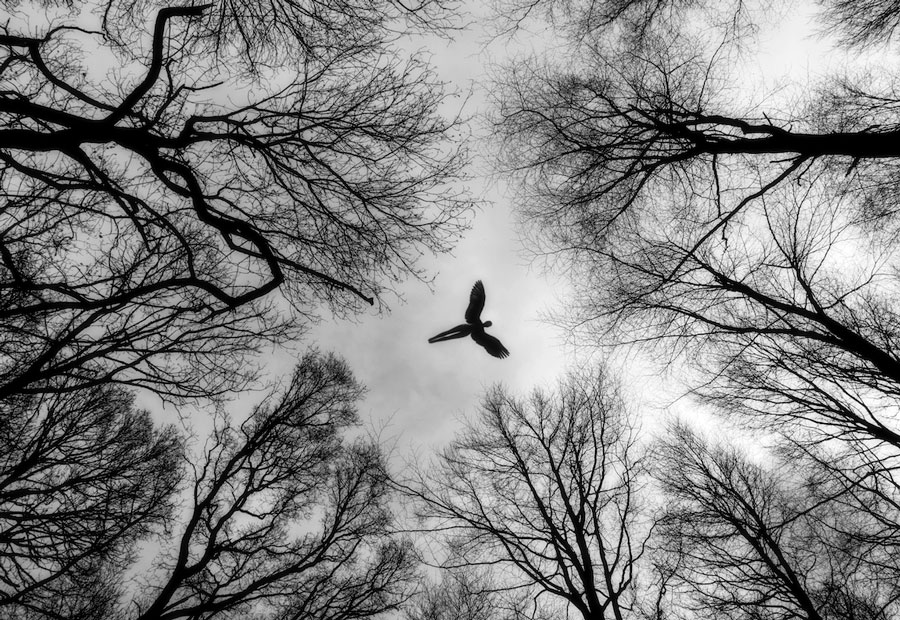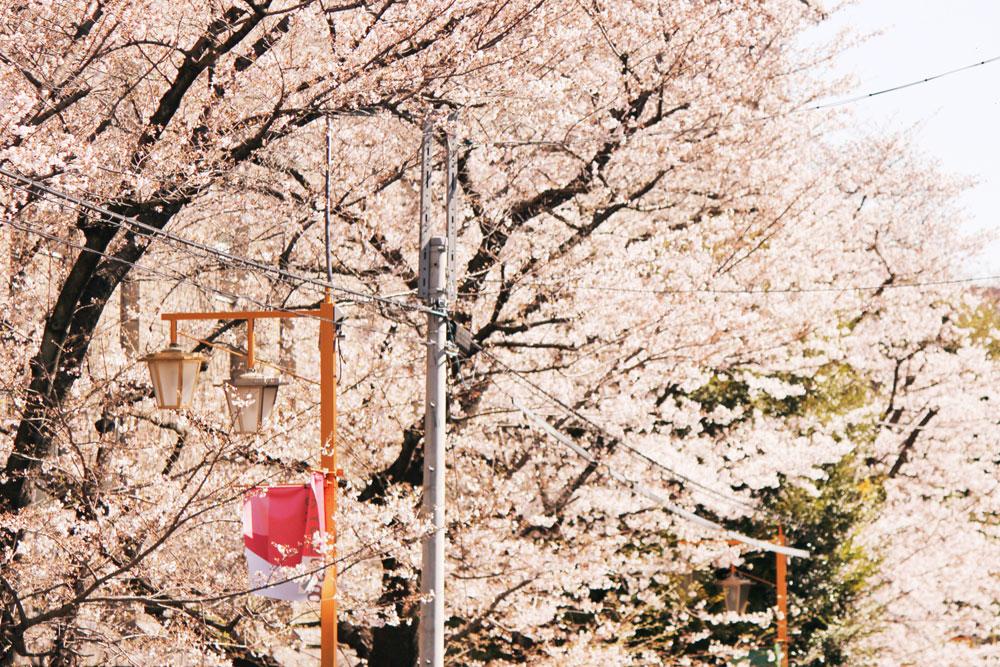Located in the Western outskirts of Kyoto, Arashiyama (嵐山)––also known as Storm Mountain––is centered around the Katsura River and its surrounding mountains. Celebrated for its serene landscapes, temples, shrines, and famous heritages, Arashiyama is instantly a favorite destination for both tourists and locals alike.
With its cultural remnants, local food, shopping, and pilgrimages, Arashiyama also tops the list as Kyoto’s second-most important sightseeing district. Away from the hustle and bustle of central Kyoto, this small suburban area will surely take you through the wonders of nature in all its beauty.
A Brief History of Arashiyama
When the Japanese Imperial family and the court nobles started the construction of retreats during the Heian Period (794-1185) to make the most of Arashiyama’s picturesque landscapes, the small town started to gain popularity amongst Japanese locals, especially with the nobles. A few years later, even the retiring Emperor Go-Saga (1220-1272) had cherry trees from Mount Yoshino in Nara replanted here––turning Arashiyama into a popular cherry blossom destination, along with Mount Ogura for fall colors and deer.
On top of that, Arashiyama also happens to be a key area in the development of classical literature. As nobles and courtiers flocked to the site frequently, Arashiyama became a place that drew inspiration for poems that dabbled in seasonal changes and beautiful landscapes. From the red-orange-yellow foliage in autumn to the pink and white cherry blossoms in spring, Arashiyama became the ultimate embodiment of a perfect image written in the minds of poets whenever they wished to convey such passionate and intense emotions.
Places not to miss
Nonomiya Shrine

Located next to the well-known temple called Tenryū-ji, Nonomiya Shrine is encircled on all sides by the lovely chikurin bamboo forest of Arashiyama. The shrine also boasts a charming halt along the Sagano walking trail that leads tourists through the lovely bamboo forest and up into the slopes of Arashiyama. Despite its almost miniature size, the temple has quite a rich and long history. It was initially built as a cleansing site for imperial princesses who were chosen to serve as priestesses for Amaterasu-Omikami, the sun goddess, at Ise Shrine in Mie Prefecture.
In fact, Nonomiya Shrine also appears in one of Japan’s most renowned 11th-century novels, The Tale of Genji. Originally set in the Heian period, the book dabbles on Hikaru Genji––an emperor’s son––and his love affairs with a multitude of noble ladies. There, Genji pays a visit to his beloved, Rokujo no Miyasudokoro, as she cares for her daughter who has been chosen to serve the all-mighty sun goddess. Nonomiya Shrine then becomes a site of the mother and daughter’s bittersweet farewell painted under the moonlight.
On top of all that, Nonomiya Shrine has a somewhat uncommon black torii gate known as a kuroki torii, in contrast to most shrines which have more recognizable and lacquered vermilion torii gates. This type of gate, designed to mimic unstripped wood, is similar to the earliest Shinto torii that would have been built in the past. The brushwood fencing (koshibagaki) that lines the paths through the bamboo forest surrounds the shrine, lending it a slightly charming rustic feel.
Sagano Bamboo Forest

Growing tall on the outskirts of Kyoto, the Sagano Bamboo Forest is a serene spot that is now a maze of tourist-filled pathways. However, if you can get away from the sounds of camera shutters and bustling voices, you can hear one of Japan’s officially recognized soundscapes––the rustling, creaking, and swaying of the bamboo trees.
Located in the northwest of Kyoto, Japan, near Arashimaya’s Tenryū-ji Temple, Sagano Bamboo Forest has erratic weather patterns accompanied by a rather cool environment. The towering bamboo forest, which is only about 30 minutes from Kyoto’s downtown, stands in stark contrast to the city that surrounds it.
Bamboo stalks that rise dozens of feet into the sky are filled with wooden walkways to form a canopy. As the wind blows through the bamboo, the leaves that rustle, the wood that creaks, and the tree trunks that knock together all produce a tranquil, meditative sound that is almost unmatched.
Togetsukyo Bridge

One of Kyoto’s most recognizable structures, Togetsukyo (渡月橋), is a wooden bridge that stretches over the Oi River in the Arashiyama neighborhood. This iconic structure measures a grand total of 155 meters long, appearing as though the wooden path really extends to the moon.
The Japanese characters can be loosely interpreted as “bridge over the moon” or “moon crossing the bridge.” The poetic name was actually inspired by Emperor Kameyama who gave the bridge its name after observing the radiant light of the moon that was outstretched throughout the river––giving the impression that the moon itself was traversing the entire structure.
Additionally, Togetsukyo, which was first constructed over 1200 years ago, has then become an enduring symbol in poetry and ukiyo-e art. Similar to its potent influence in Japanese art and literature, its surrounding scenic views definitely do not fall short of its expectations. With trees that take on the pink colour of cherry blossoms during Spring, fiery, red maple leaves that take their turn in Fall and the peak that appears to be a scene from an ink landscape painting when covered with winter snow, Togetsukuyo Bridge is surely a place you wouldn’t want to miss.
Matsuno’o-Taisha

It is believed that Matsuno’o Taisha was founded in the year 701, making it one of the oldest Shinto shrines in the region. Situated just south of the well-known Arashiyama neighborhood, Matsuno’o Taisha is one of the oldest structures still standing in the city proper that hasn’t been destroyed by downtown fires in the past.
This expansive shrine has a lot to discover, including a distinctive large torii entrance, three exquisite gardens created by Shigemori Mirei, and a sacred waterfall. Unlike most shrines, Matsuno’o Taisha has an arched outer gate with two male guardian deities. Among its treasures include three of the oldest and best-preserved solid wood carved images, presumably representing the three enshrined deities: Oo-yamagui-no-kami, Nakatsu-shima-hime-no-mikoto, and Tsukiyomi-no-mikoto.
Another unique feature of the shrine is the turtle imageries that can be found everywhere on the grounds as they are regarded as the sacred messengers of the mountain god who is revered in the main hall. The Kame no I, also known as the “Tortoise Well,” is located next to one of the gardens’ entrances. It is said that anyone who drinks water from this well will live a long and healthy life.
















































